When reviewing McLaren's F1 constructors' title-winning campaign, the obvious conclusion is that it made the most progress with the MCL38 across the season.
Moreover, its development was on a strictly upward trajectory, with no moments of uncertainty - unlike some of its rivals.
The Miami Grand Prix in May proved the pivotal point for the Woking team, having started the year 50 seconds - or so - adrift from Bahrain winner Max Verstappen.
In any case, it is correct to use the RB20 as a comparison, especially since the relative difference in performance was due to McLaren's successful exploitation of its potential performance.
Indeed, Red Bull's stagnation was not the only factor. McLaren's improved performance - as well as Red Bull's worsened performance - affected the gap between the two.
Analysing the data reveals just how large the difference between McLaren's and Red Bull's performance was, on top of the gap being exacerbated and widened by the RB20's problems.
Focusing specifically on the performance of the MCL38, it is worth establishing the details of how it was possible for so much progress to be made.
The MCL38 went through a positive evolution, with the main principles of the design never abandoned. Based on the MCL60 from 2023, McLaren decisively followed the inspiring concept of the successful Red Bull RB18 and RB19.
The turning point was last year's Austrian Grand Prix, when Lando Norris was suddenly vaulted into competitiveness. Team-mate Oscar Piastri received the upgrades the following week, at the British Grand Prix, and the team has built from there.
Viewed by others:
Disruption
With regards to the RB20, it can be concluded that the concept of the RB18 and RB19 was not only taken to the extreme, but also thoroughly disrupted.
The RB19's balance was upset not only by aerodynamics, but also by how the suspension responded to variations in ride height, which were greatly reduced.
Even the layout of the internal components (the packaging of the cooling system, for example) played a fundamental role, as the RB20 could not undergo an aerodynamic evolution without disturbing the balance.
The best example of this statement was the use of specific bodywork for circuits with high downforce and low average speeds.
With power unit radiators, it was supposed to solve heat exchange problems. They were not meant for more performance, but for more reliability.
McLaren, on the other hand, did nothing but develop with plenty of leeway, with few drastic changes made to it over the course of the year.
One of the strengths of the MCL38 was that the car retained its well-defined character until the end of the season. Essentially, the designers, led by Rob Marshall, made no attempt to change the DNA, even though the car had limitations in low-speed cornering.
However, its strengths were gradually improved, making the MCL38 predictable and and able to perform consistently well at circuits that favoured its car philosophy.
Flexibility
It is worth clarifying, however, that it was not a choice to favour a only few circuits; the basic features of the car were carefully designed to produce strong performance on 80 to 85 percent of tracks. The aerodynamic flexibility of the front and rear wings was central to this.
In the case of the front wing, the refinement of the flexes made it possible to compensate for the different setups on each circuit.
The rear wing, with the eventually-changed mini DRS solution, led to greater advantages for an already competitive car in high-speed corners, although it was necessary to increase the optimal range in terms of performance.
The suspension concept, which featured a pull rod at the front and a push rod at the rear, corresponding to the RB19 and RB20, fundamentally benefitted aerodynamics. This configuration was able to effectively find the best possible balance between the car's aerodynamic and dynamic setup.
Viewed by others:
A strong project
The MCL38 began the year in a similar vein to the MCL60 at end of 2023, with a non-winning but improved concept.
There were no obvious, major changes. However, Ferrari's jump in performance meant McLaren had the third-best car early in the season.
Fundamentally, the team's understanding of how to fully exploit the floor was not there right away, with the majority of the associated extraction of lap time coming from the Miami Grand Prix onwards.
Evolution of the floor
Not too extreme, based on managing the central pressure to almost always obtain the best aerodynamic balance.
Front wing
The engineers, thanks in part to Marshall's experience at Red Bull, invested considerable time in researching precise flexibility for the wing profiles. The front wing is a masterpiece in this respect, with the latest evolution coming in Austin.
Micro-aerodynamics
Interaction between the surface and the airflow coming from the front wing and transmitted by the suspension.
Also interesting:
Join RacingNews365's Ian Parkes, Sam Coop and Nick Golding, as they review the remarkable 2024 F1 season! How Max Verstappen secured a fourth drivers' title is discussed, as is Lewis Hamilton's disappointing performance in his final season with Mercedes.
Rather watch the podcast? Then click here!
Don't miss out on any of the Formula 1 action thanks to this handy 2026 F1 calendar that can be easily loaded into your smartphone or PC.
Download the calenderMost read
In this article
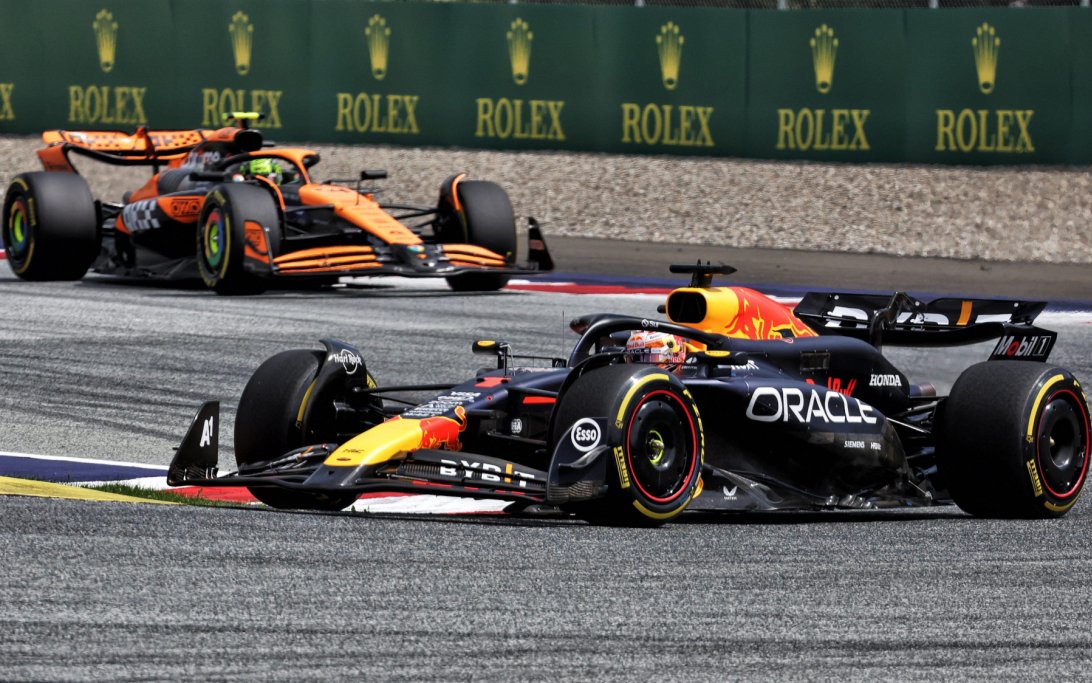
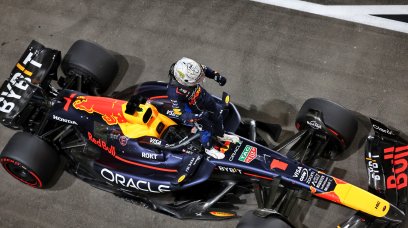
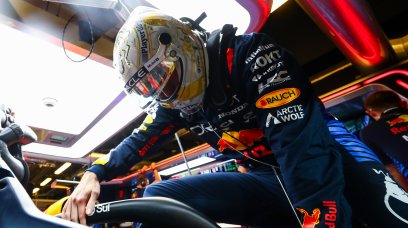
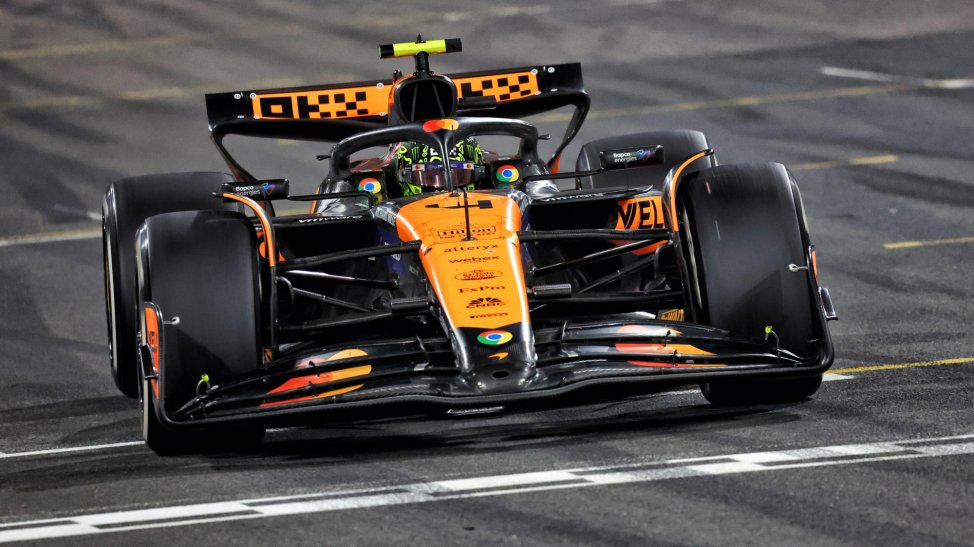
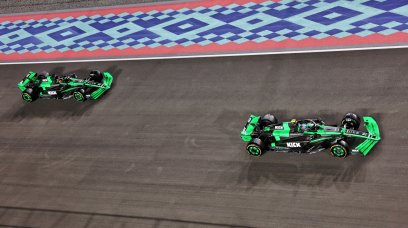


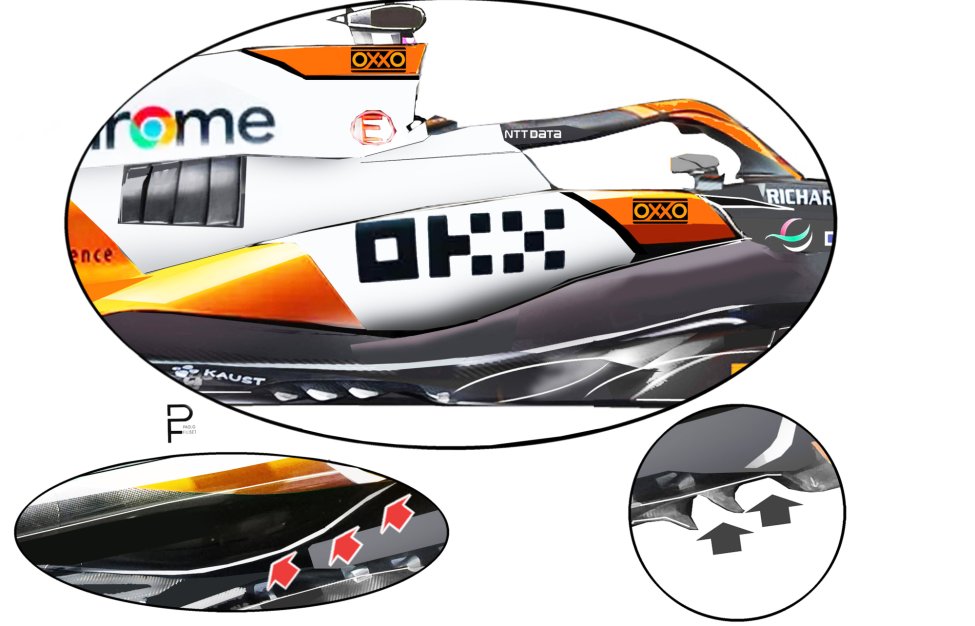
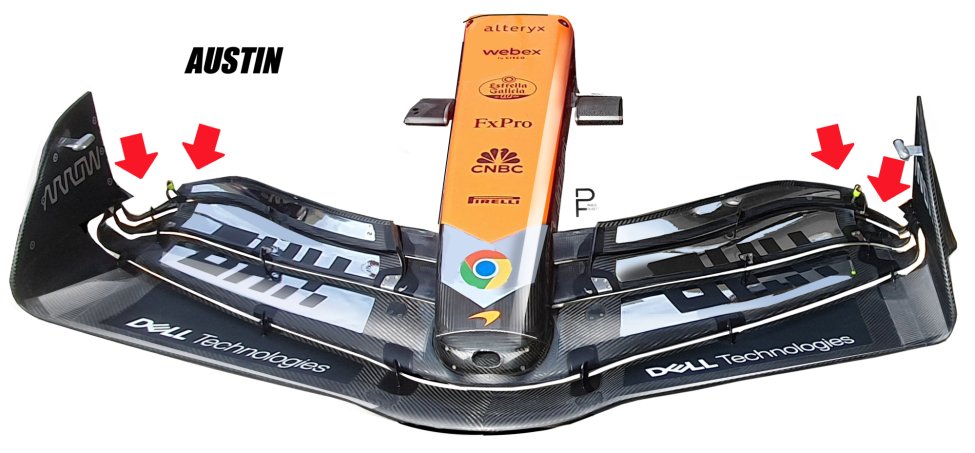
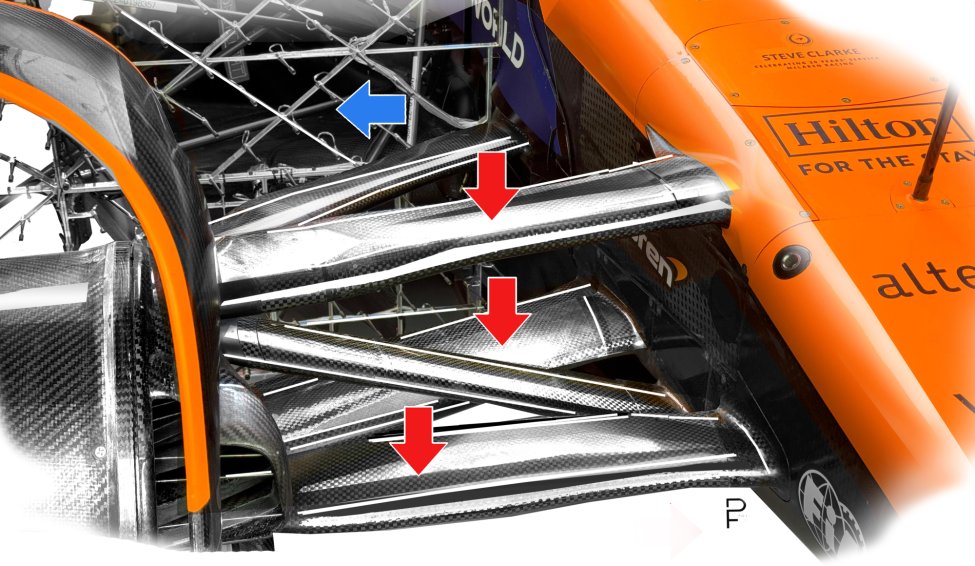


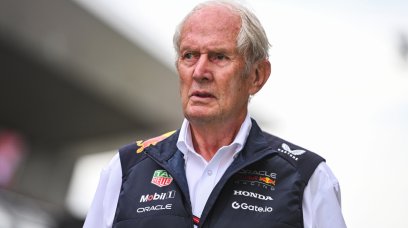
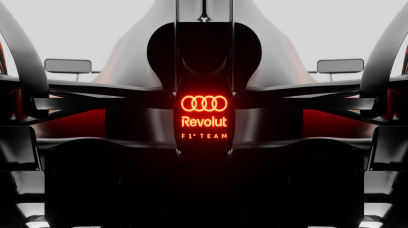
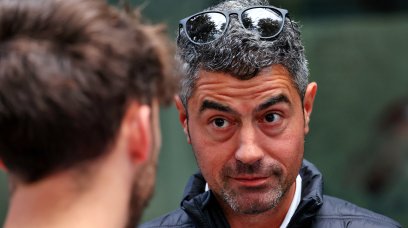
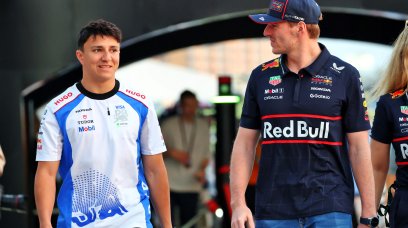
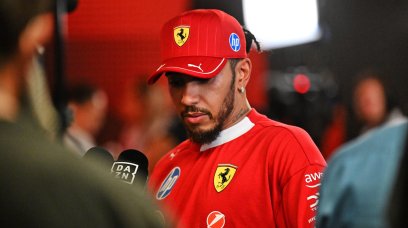

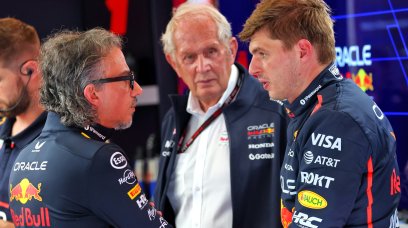
Join the conversation!